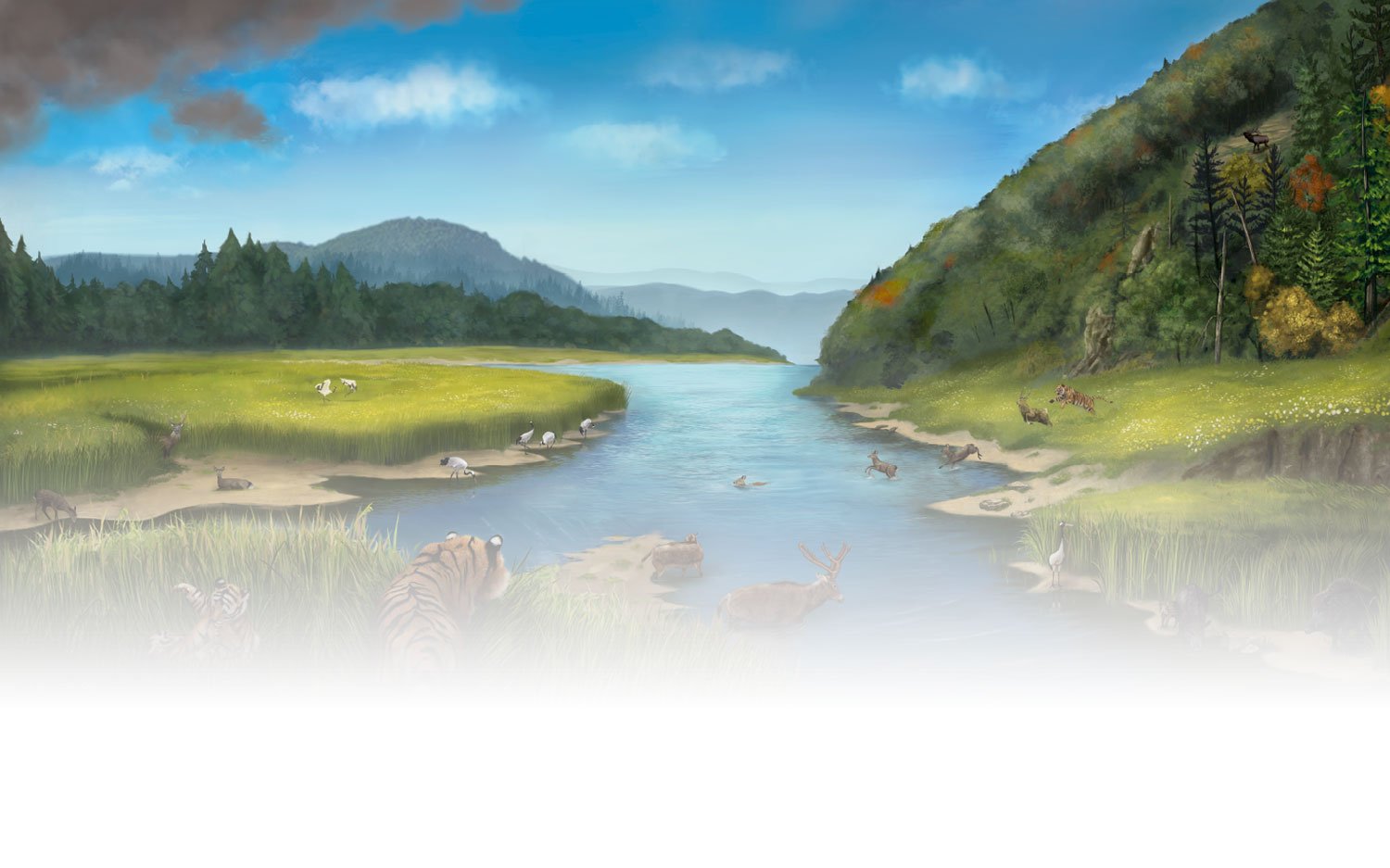
Amur Tiger Zoo Exhibit
Scroll down to learn more about our work on creating educational illustrations for AquaZoo’s “Amur Tiger” exhibit, which features tigers from the Eastern Russian and Northeastern China regions of the Amur River.
Client: AquaZoo

AquaZoo, located in Leeuwarden Netherlands, approached us to create the educational material for their first big opening exhibit since the beginning of the pandemic. Their focus would be on the Amur Tigers, otherwise known as Siberian Tigers, which inhabit the far eastern regions of Russia and northern parts of China.
By shedding light on these endangered big cats, AquaZoo sought to share knowledge of their unique anatomy while educating on the importance of wildlife conservation.
01 - Overview
Artists:
Ezra Van Hattem
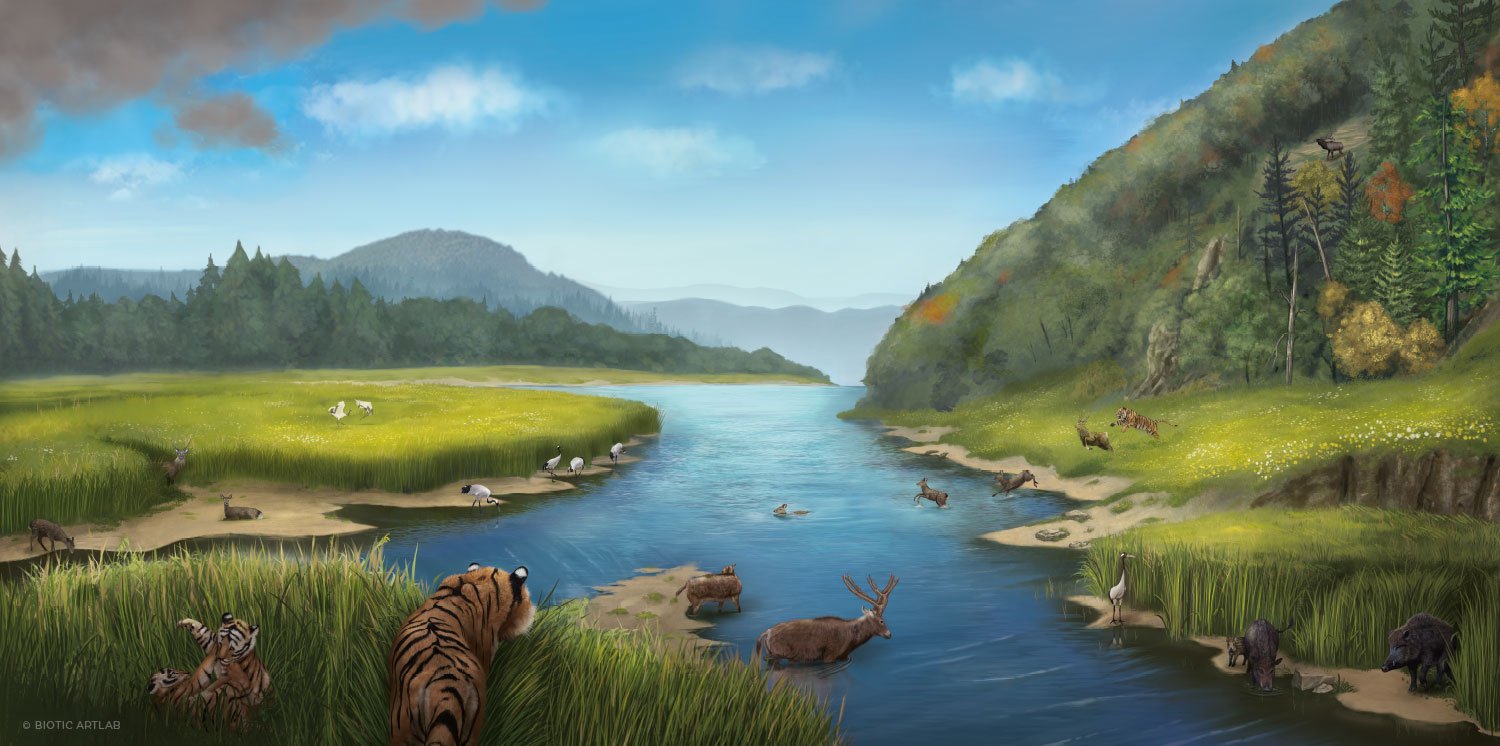
Healthy ecosystem: When in balance, all the different populations of the Amur Tiger's ecosystem can live in harmony.
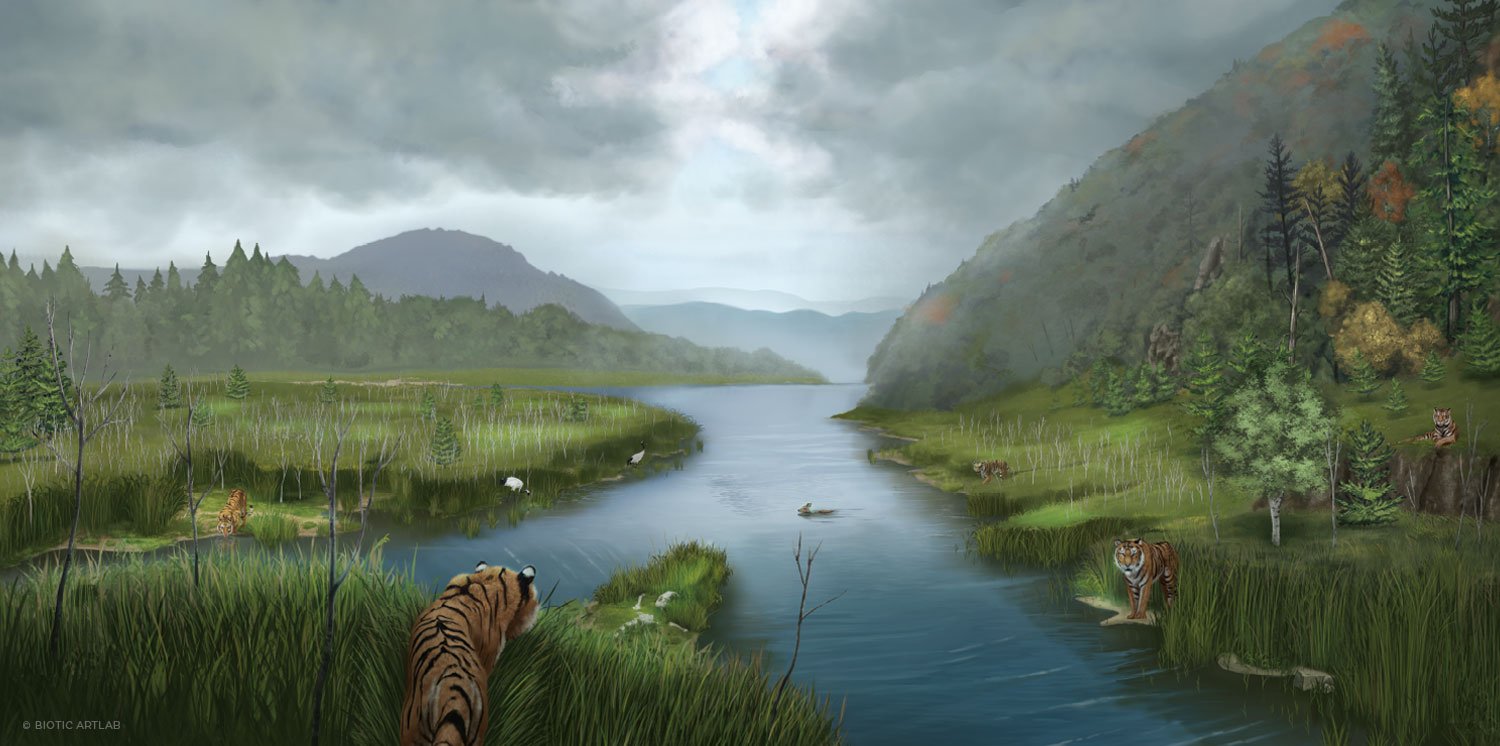
Too Many Predators: When the balance swings towards too many tigers, the population of prey decreases drastically, which causes increased forestation.
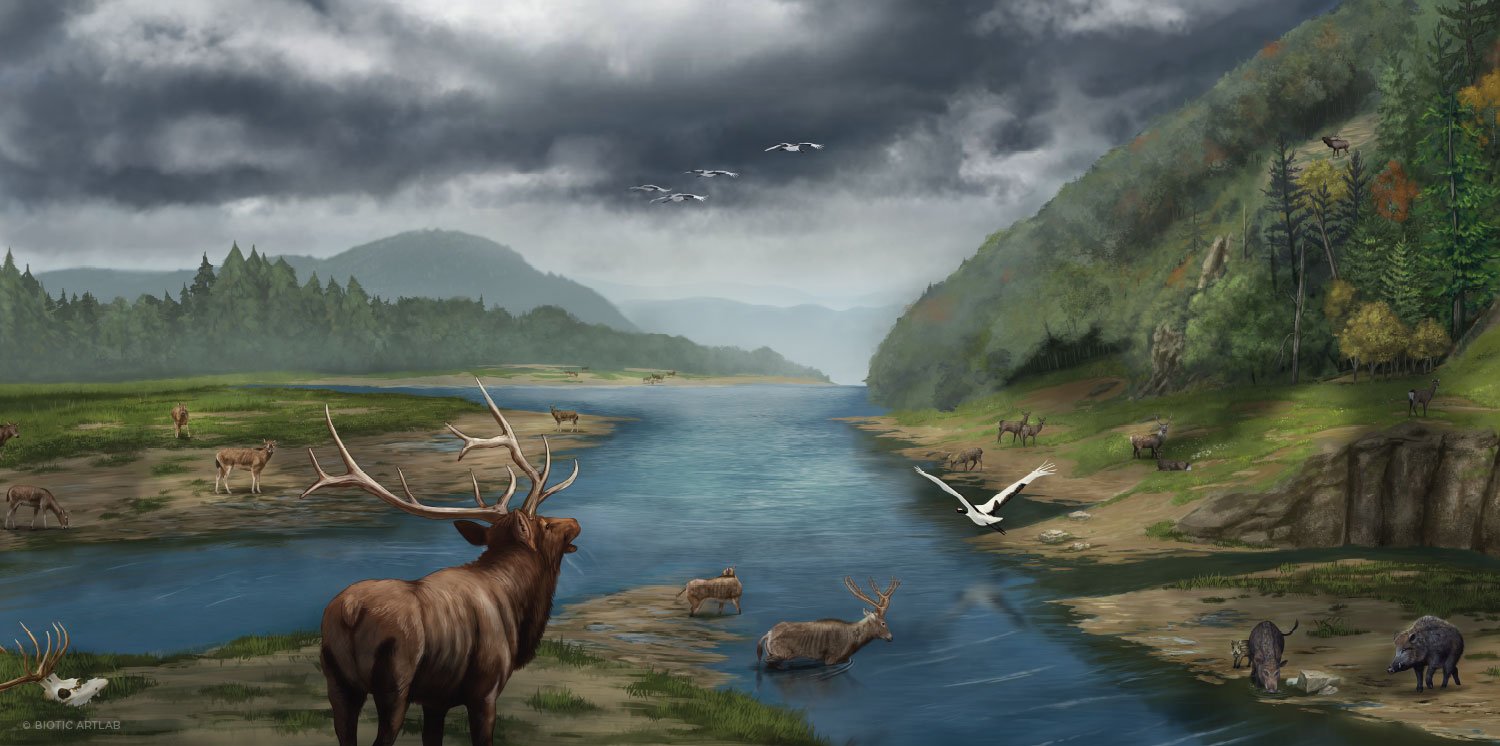
Too Few Predators: With too few tigers, the population of prey can thrive which causes harmful de-vegetation of the landscape.
02 - Why is nature conservation important?
Nature conservation is crucial to both man, wildlife, and habitat. As a large predator, the Amur Tigers play a vital role in maintaining healthy and balanced ecosystems. Human-caused deforestation (to build houses and roads) reduces the tigers’ natural habitats. This ends up pushing them into farmlands to hunt for food. This directly conflicts with local farmers that will hunt the tigers to defend their cattle.
As tigers are a super predator, that means they are at the top of the food chain. Their disappearance can deeply disrupt the links of this chain. Prey populations boom which results in overgrazing, proliferation of parasites, and possible epidemics leading to the disappearance of further species!


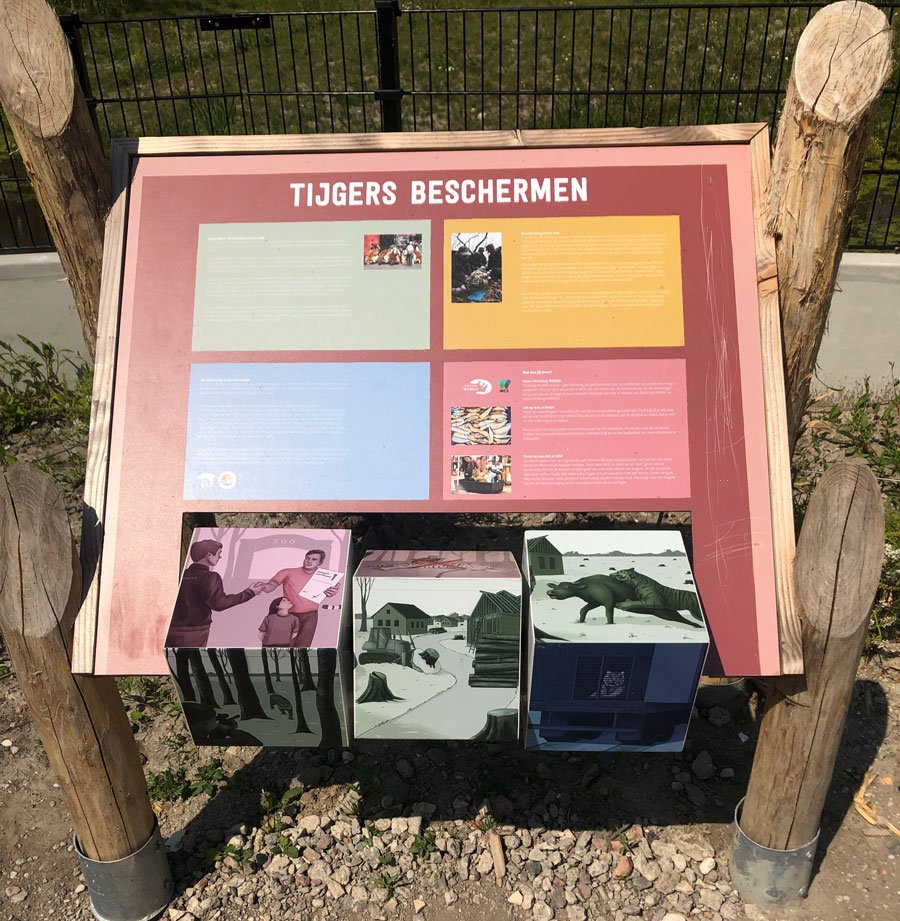
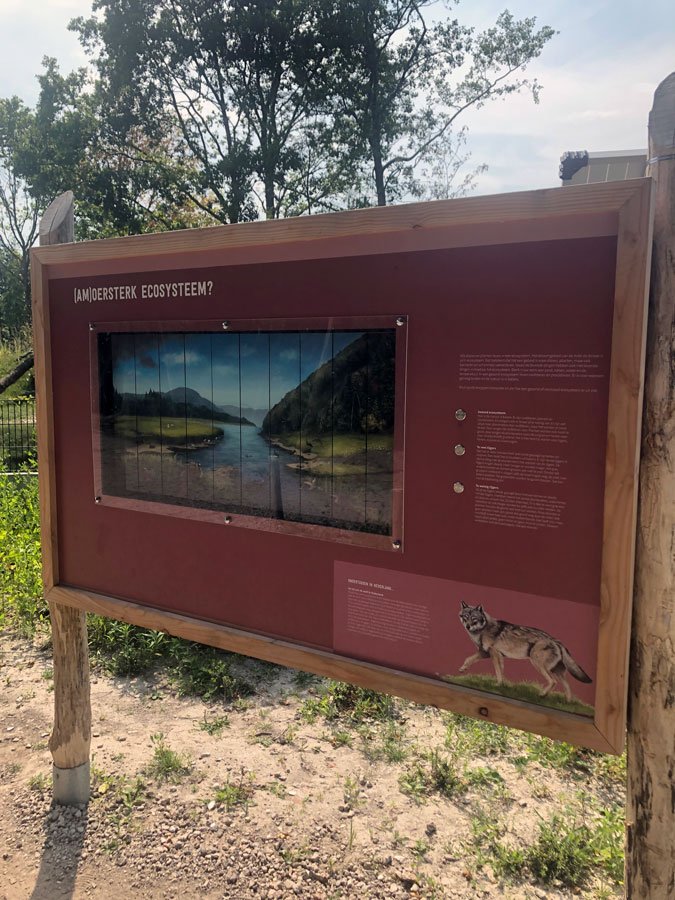
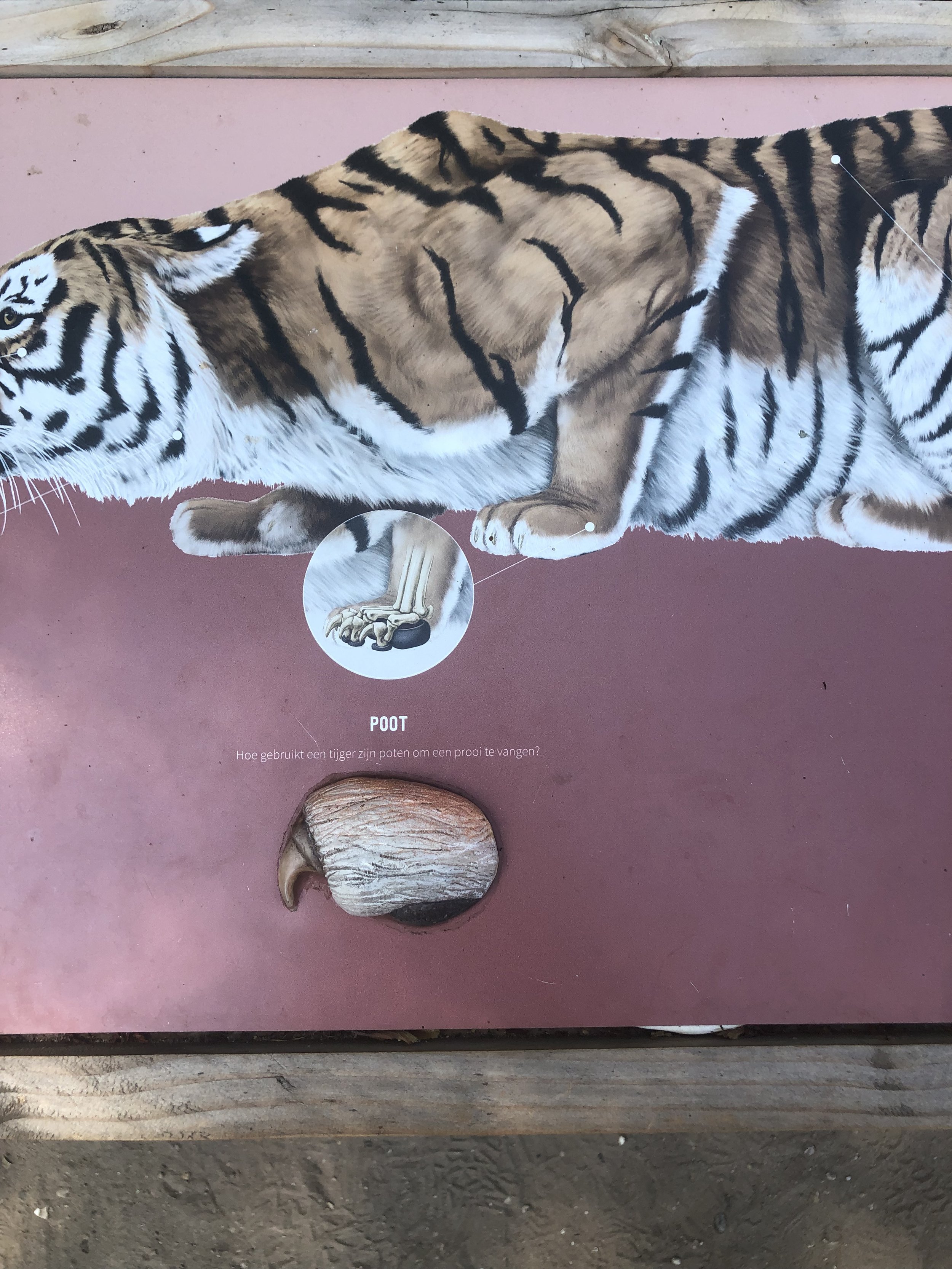
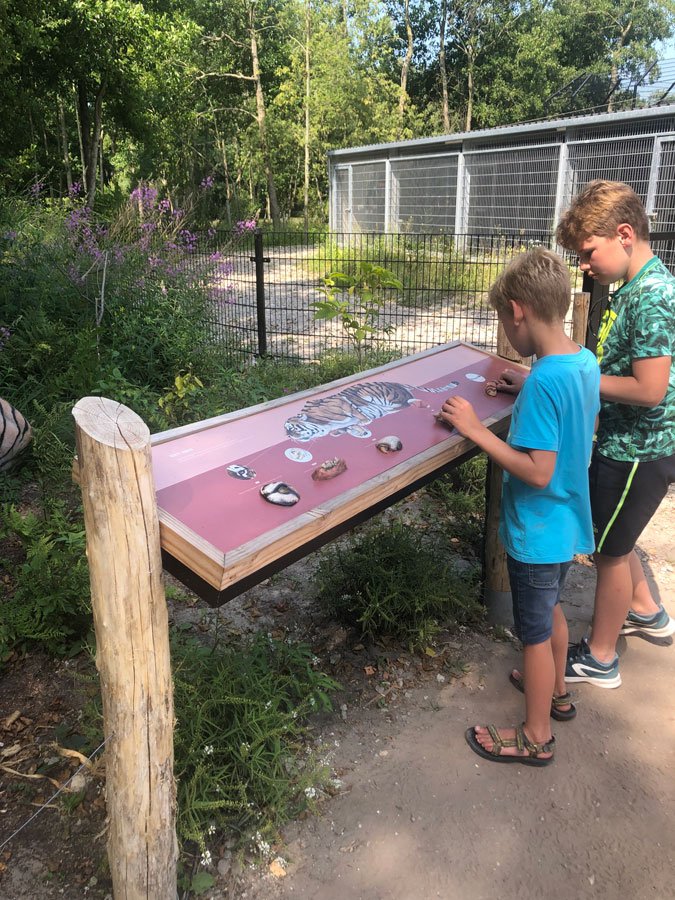

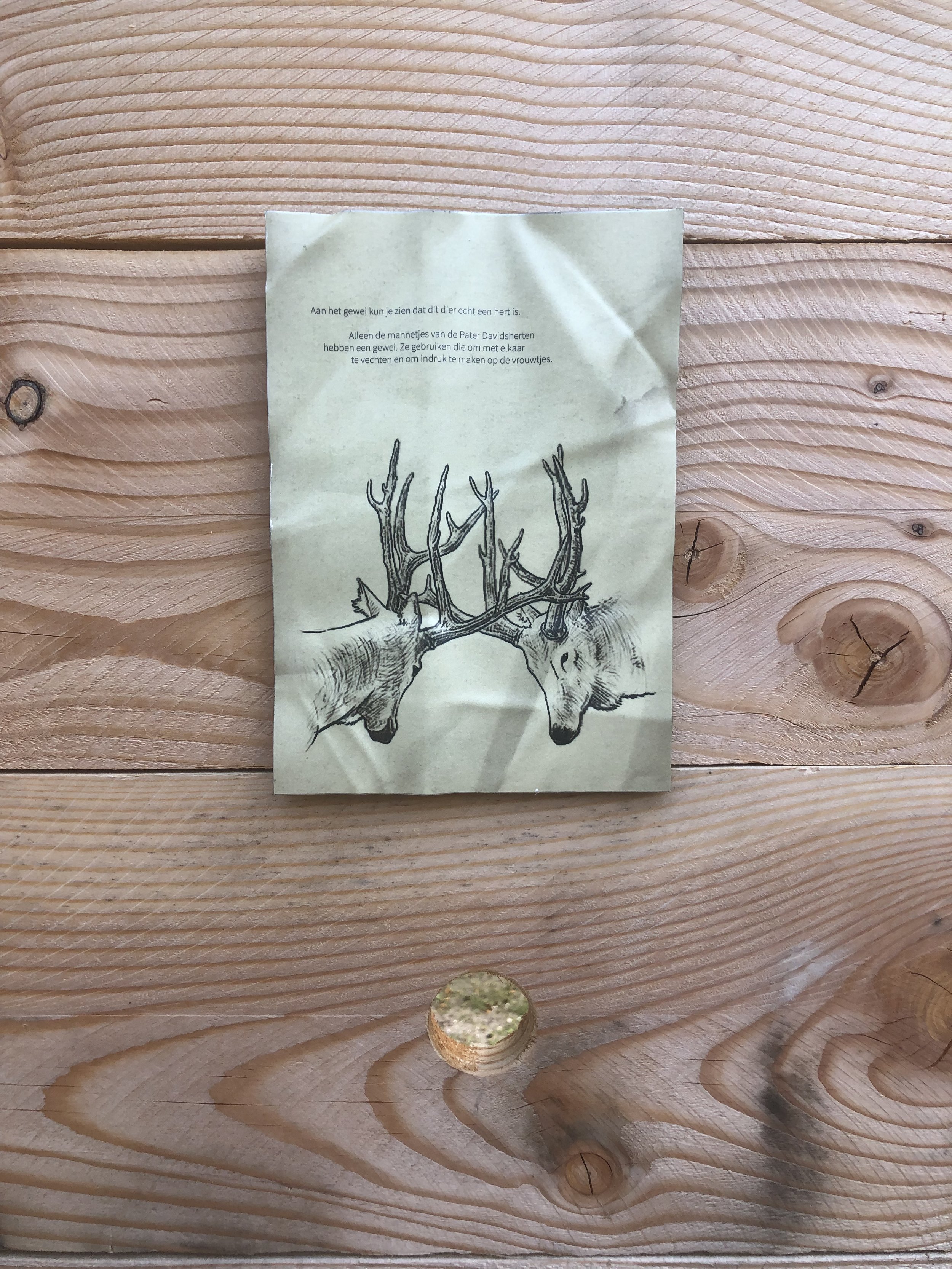

03 - Our Solution ✨
Knowing that the final scientific illustrations would be translated into physical, interactive displays shaped the way in which we approached their creation. Our emphasis was on clarity of image and vividity of color so that children and adults of all ages could enjoy and learn.
To learn more, visit AquaZoo!
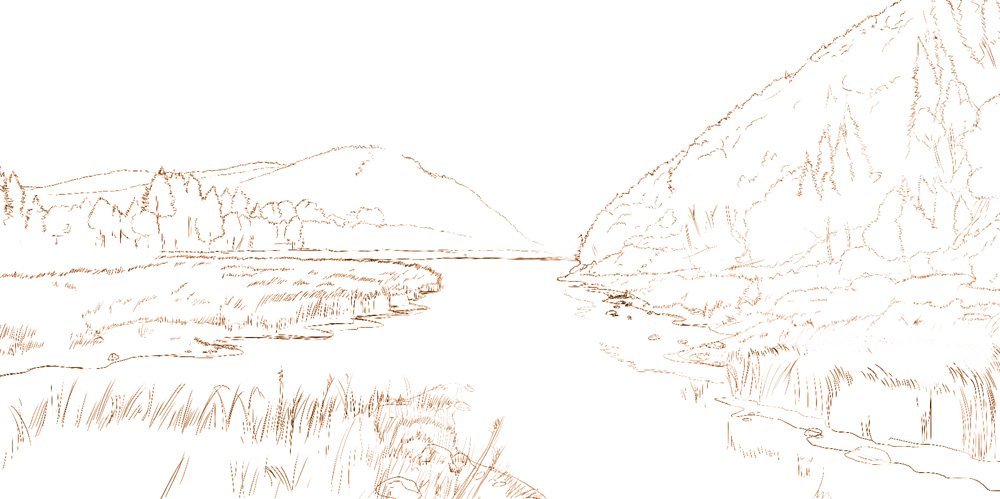
Step 1: Initial Sketch. First we map out the landscape to have an idea of the environment.

Step 2: Color Blocking. Add in initial fills so we can distinguish foreground from background.
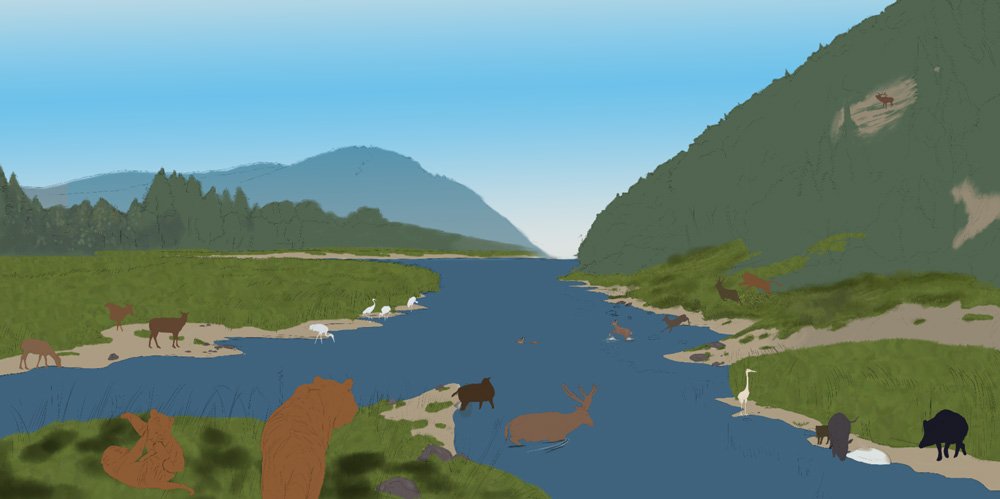
Step 3: Animals. We add in the animals on their own separate layers so that they can easily be moved around.
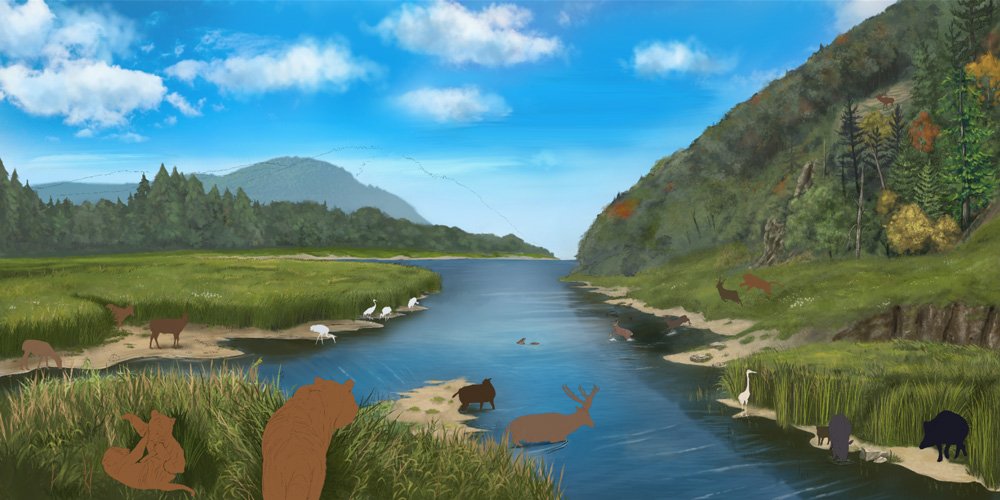
Step 4: Details. Now is the fun part! Time to render in the foliage and environment.
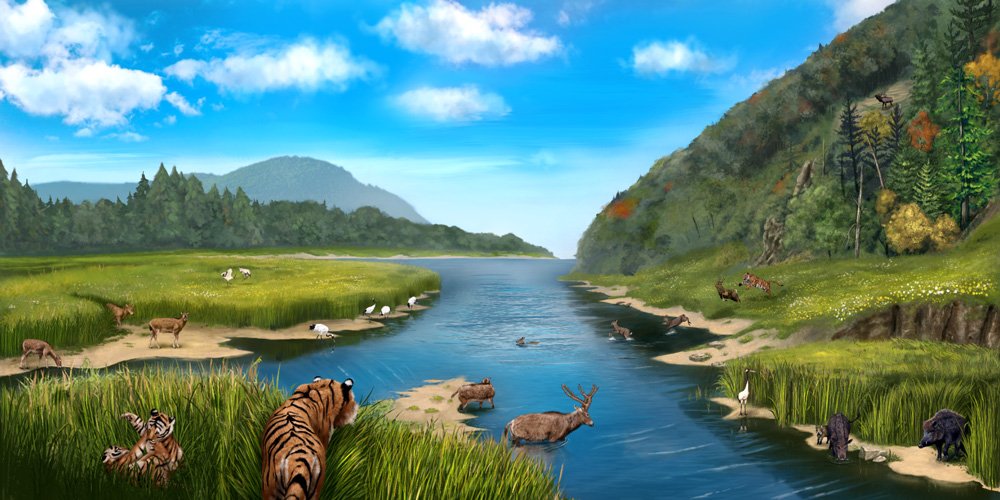
Step 5: Finished product. Always make sure to adjust the levels and contrast on a global scale at the end for the finishing touches.
Let’s Chat
Are you looking to create a educational scientific illustrations for your exhibit? Reach out to us and we can start the conversation.
